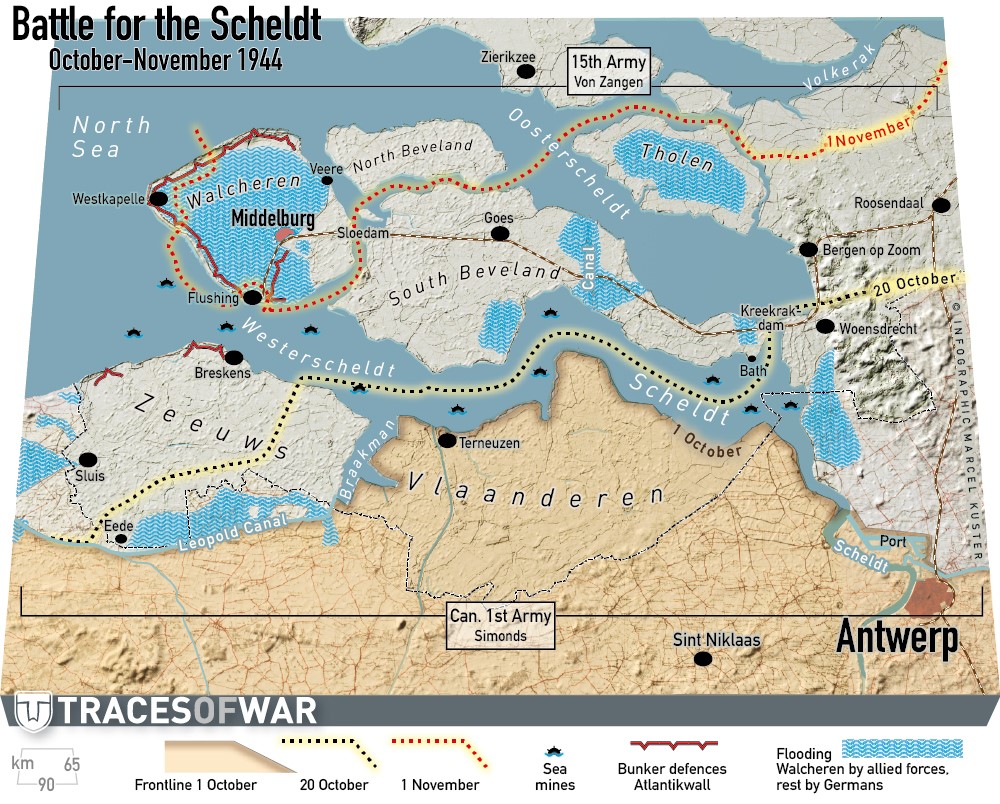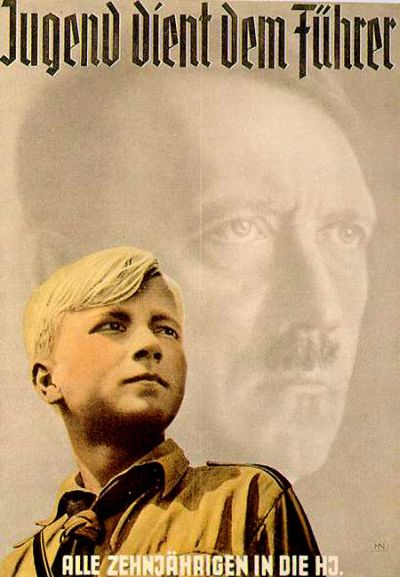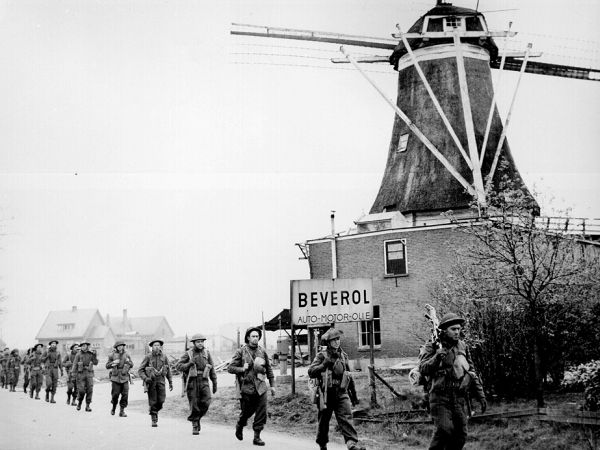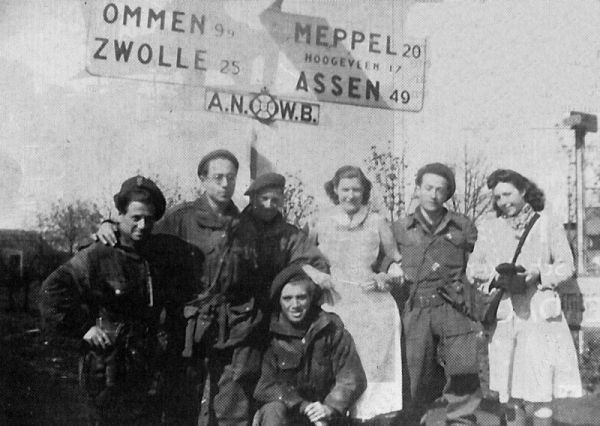Vector of Memory: German War Cemetery
German War Cemetery
At the German war cemetery in Ysselstein this Vector of Liberation Route Europe is located.
The only German War Cemetery in the Netherlands was constructed in 1946, by order of the Dutch government. Almost 32.000 war dead from the Second World War have found their final resting place here.
The vast majority of the war dead are German soldiers who had to fulfill their mandatory military service. But also members of the SS and war criminals, Dutch collaborators, foreign volunteers who served with the Wehrmacht as well as a number of civilians, including women and children, were buried in Ysselsteyn.
How difficult is it for people to find reconciliation with an enemy? How many generations do you think it takes? One man, Lodewijk Johannes Timmermans, worked here at the cemetery in Ysselsteyn for 28 years despite the wounds he incurred from a German mine in 1945, and became a symbol of unremitting reconciliation between the Netherlands and Germany.
Shortly after the WWII, the Americans called for one central location for the burial and reburial of German soldiers. The Dutch government assigned a plot of land in Ysselsteyn, in the province of Limburg. Grave by grave, this plot grew into a striking cemetery where more than 31,500 German soldiers killed during World War II have been given their final resting place. The soldiers were brought here from all over the Netherlands, from Ameland to Maastricht, often without any form of identification. The chaos had left German soldiers looking after their fallen brothers, with little time to identify them or give them an honourable burial. The survivors had other things to worry about, including keeping themselves alive; partly why there are so many grave markers in Ysselsteyn reading ‘Ein unbekannter Soldaat’ (An Unknown Soldier).
From 1948 to 1976 when he retired, Captain Lodewijk Johannes Timmermans dedicated his life to identifying these unknown soldiers and giving them an honourable burial. He traced their closest relatives and informed them of his findings and also gave tours of the cemetery. In his work towards reconciliation between the Netherlands and Germany he was unrelenting, all whilst having been blinded for many months by a German landmine.
Yet Captain Timmermans did not harbour any feelings of vengeance towards his former enemy. He came from an altruistic family where everyone respected the value of human dignity. Moreover, it had been a German soldier who had looked after for months whilst he was unable to see.
'Whether right or wrong, we are all human', Retired Captain Lodewijk Johannes Timmermans
Audiospot - Whether right or wrong, we are all human
Liberation Route Europe is a certified Cultural Route of the Council of Europe. With hundreds of sites and stories in nine European countries, the route links the main regions along the advance of the Allied Forces in 1943-1945.
The entire route consists of themed routes that can be travelled by by hiking, walking, cycling and car. These routes pass numerous historical and interesting sites and tell stories from a multitude of perspectives that were important in the final phase of World War II.
A separate group within the routes are the Vectors of Memory designed by renowned architect Daniel Libeskind. They form a symbolic family of landmarks that honor people, places and stories in the European landscape. The vectors are a topography of memory. They act as points in both space and time and connect to the liberation story. It is important that the markers convey a clear and powerful message.
There are 4 types of vectors:
- The Remembrance Site Vector
- The Crossroads Vector
- The Wall Vector
- The Floor Vector
For more information on the Vectors of Memory see the Liberation Route Europe site: https://www.lre-foundation.org/vectors-of-memory/.
The routes can be found on the website of Liberation Route Europe or in the app through which many stories can also be listened to.
The routes can be found on the Liberation Route Europe website or in the app through which many stories can also be listened to.
Do you have more information about this location? Inform us!
Source
- Text: TracesOfWar & Liberation Route Europe
- Photos: Arjan Vrieze
Nearby
Museum
- Visitor Centre German War Cemetery Ysselsteyn - Ysselsteyn
- Historical Collection of Anti-Aircraft Artillery - Vredepeel
Point of interest
- Ginkgo Tree German War Cemetery Ysselsteyn - Ysselsteyn
- Information Sign Wehrmacht House annex Bommeköj Ysselstein - Ysselstein
- Peelvenen Halte - Deurne
Monument
- Memorial Captain Timmermans German War Cemetery Ysselsteyn - Ysselsteyn
- Memorial WOl War Cemetery Ysselsteyn - Ysselsteyn
- War Memorial 1940-1945 Ysselsteyn - Ysselsteyn
Cemetery
- German War Cemetery Ysselsteyn - Ysselsteyn
- Commonwealth War Cemetery Venray - Venray
- Dutch War Grave R.C. Cemetery Liessel - Liessel
Remembrance Stone
Fortification
- Peel-Raamstelling - S-kazemat - Ysselsteyn
- Peel-Raamstelling - S-kazemat - Ysselsteyn
- Peel-Raamstelling - S-kazemat - Ysselsteyn








